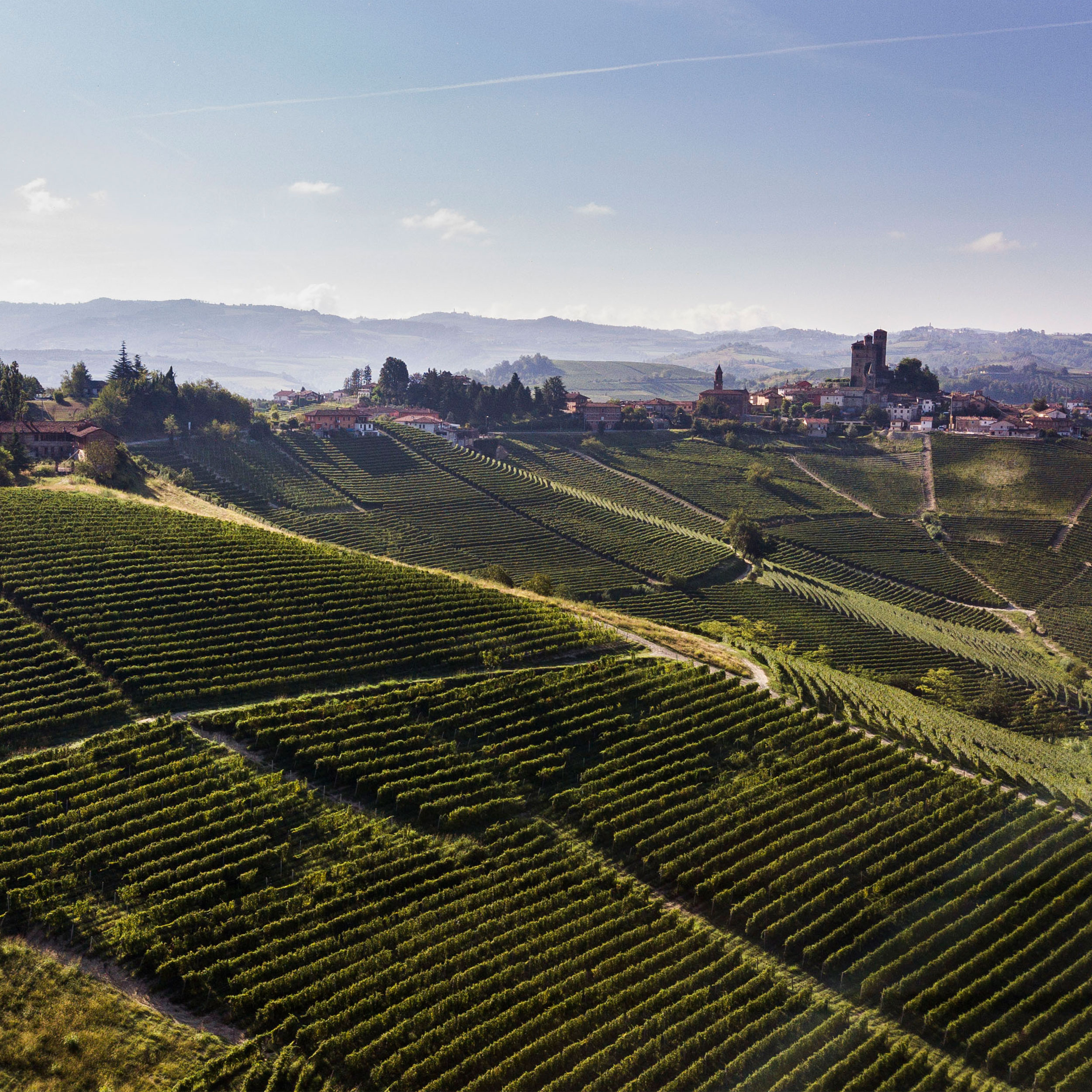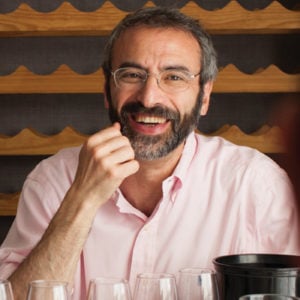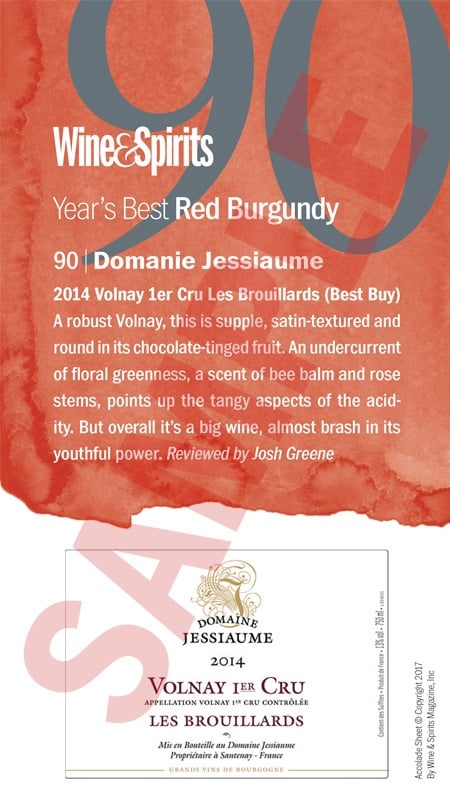In the spirit of all those standardized tests that have been cancelled due to COVID-19, let’s start with a quiz:
What is Barolo?
- A wine made from nebbiolo grapes in the Langhe hills of Piedmont
- A wine region
- A village
- A commune (comune in Italian)
- All of the…
To read this article and more,
subscribe now.
To continue reading without interruption, subscribe and get unlimited digital access to our web content and wine search.
This story appears in the print issue
of December 2020.
Like what you read? Subscribe
today.
















